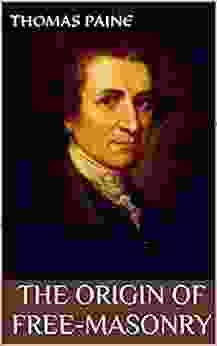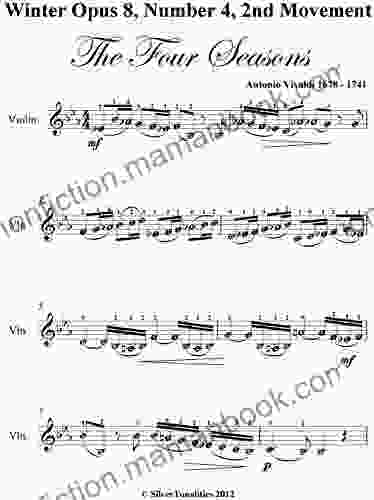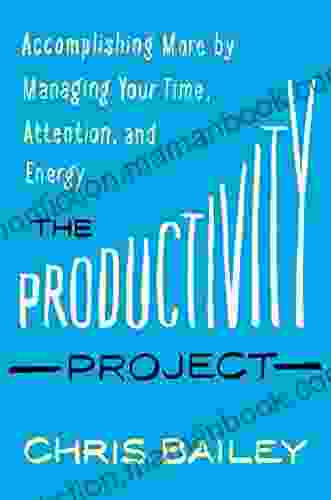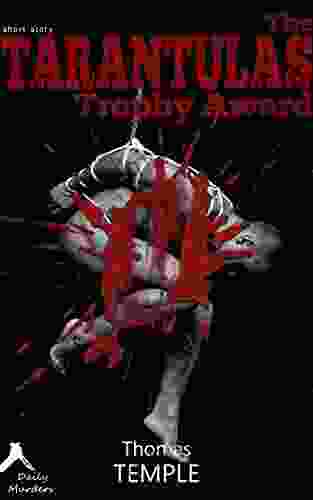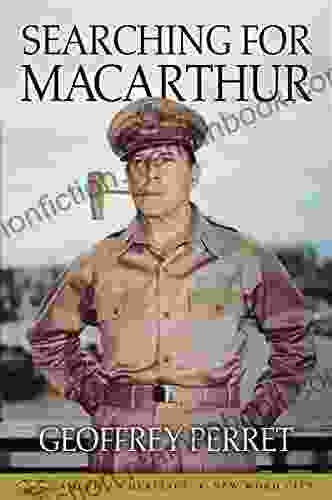Unveiling the Enigmatic Origins of Freemasonry: A Journey Through History and Symbolism

:
In the tapestry of secret societies that have intrigued historians and the public alike, Freemasonry stands as an ancient and enigmatic brotherhood veiled in mystery and steeped in allegory. Its elusive origins, shrouded in time, have sparked countless speculations and debates, making the true source of this fraternal order a subject of enduring fascination.
4.3 out of 5
| Language | : | English |
| File size | : | 396 KB |
| Text-to-Speech | : | Enabled |
| Enhanced typesetting | : | Enabled |
| Word Wise | : | Enabled |
| Print length | : | 20 pages |
| Screen Reader | : | Supported |
Ancient Roots:
1. Mystery Cults:
Some scholars trace the genesis of Freemasonry to the ancient mystery cults of Egypt, Greece, and Rome. These secret societies, steeped in esoteric knowledge and elaborate rituals, provided a framework for spiritual growth and personal transformation. Masonic symbols, such as the square and compass, are believed to have originated from the tools and instruments used by ancient craftsmen and architects.
2. Knightly Orders:
Medieval knightly orders, such as the Knights Templar and Knights Hospitaller, are also seen as potential precursors to Freemasonry. These organizations, dedicated to chivalry, charity, and the protection of pilgrims, shared a code of honor and a hierarchical structure that resonate with Masonic traditions.
The Operative Era:
3. Stone Masons:
The most commonly accepted theory places the origins of Freemasonry in the late Middle Ages among guilds of stone masons. These skilled craftsmen, responsible for constructing magnificent cathedrals and castles, developed a unique system of signs, passwords, and rituals to protect their trade secrets and regulate their work.
4. Gothic Architecture:
The rise of Gothic architecture in the 12th century presented an unprecedented challenge for masons. The intricate designs and towering heights demanded a high level of skill and collaboration. This led to the formation of lodges, where masons could gather to share knowledge, hone their craft, and preserve their traditions.
The Speculative Era:
5. The Grand Lodge of England:
The transition from operative masons to speculative Freemasons occurred gradually over several centuries. In 1717, four London lodges came together to form the Grand Lodge of England, marking a significant turning point in Masonic history. This new organization welcomed men from various backgrounds, including scholars, merchants, and intellectuals, who sought to apply Masonic principles to the wider world.
6. Enlightenment Ideals:
The Age of Enlightenment brought an influx of new ideas into Freemasonry. Enlightenment principles, such as rationalism, individualism, and the pursuit of knowledge, resonated with the Masonic ethos of self-improvement, brotherhood, and the advancement of humanity.
Symbolism and Rituals:
Freemasonry is renowned for its rich symbolism and elaborate rituals. These elements, rooted in ancient traditions and the craft of stonemasons, serve to impart moral lessons, convey esoteric knowledge, and foster a sense of unity among members.
1. Squares and Compasses:
The square represents virtue and morality, while the compasses symbolize knowledge and wisdom. Together, they signify the balance between ethics and intellect that Freemasons strive to achieve.
2. Masonic Lodges:
Masonic lodges, often decorated with allegorical paintings and symbols, provide a sacred space for meetings, rituals, and fellowship. The lodge represents the microcosm of the universe, where members gather to explore their spiritual and intellectual potential.
3. Freemason's Apron:
The Masonic apron, worn by members during rituals, symbolizes purity, humility, and the protection of the brotherhood. Its white color evokes innocence and the search for enlightenment.
Controversies and Misconceptions:
Freemasonry has faced its share of controversies and misconceptions throughout history. Some critics have accused the organization of secrecy, elitism, and involvement in political conspiracies. However, Freemasons maintain that their order is based on virtue, charity, and the pursuit of knowledge.
One common misconception is that Freemasons are anti-religious. In reality, Freemasonry encourages a belief in a Supreme Being and recognizes the diversity of religious faiths among its members.
:
The origins of Freemasonry are as diverse as the society itself. From its roots in ancient mystery cults and medieval stonemasons to the Enlightenment ideals that shaped its speculative era, Freemasonry has evolved into a global fraternity dedicated to personal growth, community service, and the preservation of timeless wisdom.
While the veil of secrecy that surrounds Freemasonry may always cast a certain allure, it is the enduring principles of brotherhood, virtue, and the pursuit of knowledge that continue to attract seekers from all walks of life.
As Freemasonry continues its journey through history, its legacy of symbolism, traditions, and the quest for enlightenment will undoubtedly captivate generations to come.
FAQs:
1. What is the motto of Freemasonry?
The motto of Freemasonry is "Mens sana in corpore sano," which translates to "A sound mind in a sound body."
2. What are the core principles of Freemasonry?
The core principles of Freemasonry are brotherly love, relief, and truth.
3. Is Freemasonry a religion?
Freemasonry is not a religion but encourages a belief in a Supreme Being and recognizes the diversity of religious faiths among its members.
4. What is the relationship between Freemasonry and the Illuminati?
There is no connection between Freemasonry and the Illuminati, a conspiracy theory that has been debunked by historians.
5. Can women join Freemasonry?
There are separate organizations, such as the Order of the Eastern Star and the International Order of the Rainbow for Girls, that are affiliated with Freemasonry and cater specifically to women and youth.
4.3 out of 5
| Language | : | English |
| File size | : | 396 KB |
| Text-to-Speech | : | Enabled |
| Enhanced typesetting | : | Enabled |
| Word Wise | : | Enabled |
| Print length | : | 20 pages |
| Screen Reader | : | Supported |
Do you want to contribute by writing guest posts on this blog?
Please contact us and send us a resume of previous articles that you have written.
 Top Book
Top Book Novel
Novel Fiction
Fiction Nonfiction
Nonfiction Literature
Literature Paperback
Paperback Hardcover
Hardcover E-book
E-book Audiobook
Audiobook Bestseller
Bestseller Classic
Classic Mystery
Mystery Thriller
Thriller Romance
Romance Fantasy
Fantasy Science Fiction
Science Fiction Biography
Biography Memoir
Memoir Autobiography
Autobiography Poetry
Poetry Drama
Drama Historical Fiction
Historical Fiction Self-help
Self-help Young Adult
Young Adult Childrens Books
Childrens Books Graphic Novel
Graphic Novel Anthology
Anthology Series
Series Encyclopedia
Encyclopedia Reference
Reference Guidebook
Guidebook Textbook
Textbook Workbook
Workbook Journal
Journal Diary
Diary Manuscript
Manuscript Folio
Folio Pulp Fiction
Pulp Fiction Short Stories
Short Stories Fairy Tales
Fairy Tales Fables
Fables Mythology
Mythology Philosophy
Philosophy Religion
Religion Spirituality
Spirituality Essays
Essays Critique
Critique Commentary
Commentary Glossary
Glossary Bibliography
Bibliography Index
Index Table of Contents
Table of Contents Preface
Preface Introduction
Introduction Foreword
Foreword Afterword
Afterword Appendices
Appendices Annotations
Annotations Footnotes
Footnotes Epilogue
Epilogue Prologue
Prologue Victoriano Garza
Victoriano Garza Dave Aikins
Dave Aikins Nico Tortorella
Nico Tortorella Sir Edwin Arnold
Sir Edwin Arnold Sasha Breger Bush
Sasha Breger Bush Fritz Leiber
Fritz Leiber Em Petrova
Em Petrova Suzanne Nugent
Suzanne Nugent Ronnee Yashon
Ronnee Yashon Brandon Santiago
Brandon Santiago Mark Ryan
Mark Ryan Gary Greenberg
Gary Greenberg Jody Day
Jody Day Christopher Charlton
Christopher Charlton Yolanda Sealey Ruiz
Yolanda Sealey Ruiz Christina Hoag
Christina Hoag Michelle Ray
Michelle Ray Kal Wagenheim
Kal Wagenheim Brendan Duffy
Brendan Duffy Daniel Alef
Daniel Alef
Light bulbAdvertise smarter! Our strategic ad space ensures maximum exposure. Reserve your spot today!
 Julio Ramón RibeyroFollow ·7.8k
Julio Ramón RibeyroFollow ·7.8k Corey HayesFollow ·8.2k
Corey HayesFollow ·8.2k Jason HayesFollow ·3.9k
Jason HayesFollow ·3.9k Andrew BellFollow ·12.5k
Andrew BellFollow ·12.5k Percy Bysshe ShelleyFollow ·13.4k
Percy Bysshe ShelleyFollow ·13.4k Jake PowellFollow ·10.1k
Jake PowellFollow ·10.1k Christian CarterFollow ·17.6k
Christian CarterFollow ·17.6k William ShakespeareFollow ·14.1k
William ShakespeareFollow ·14.1k
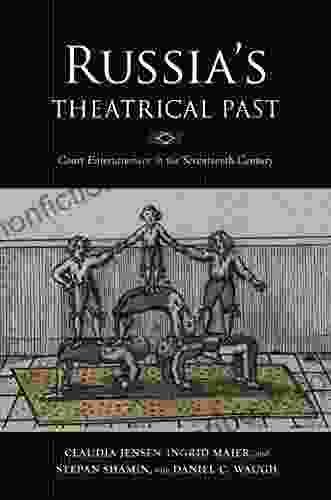
 Steve Carter
Steve CarterUnveiling the Rich Theatrical Tapestry of Russia: A...
Origins and Early...
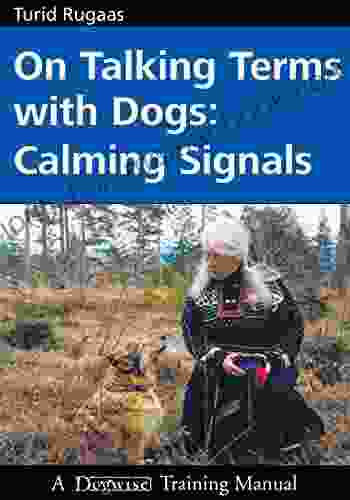
 Frank Butler
Frank ButlerOn Talking Terms With Dogs: Calming Signals and the...
For centuries, dogs have...
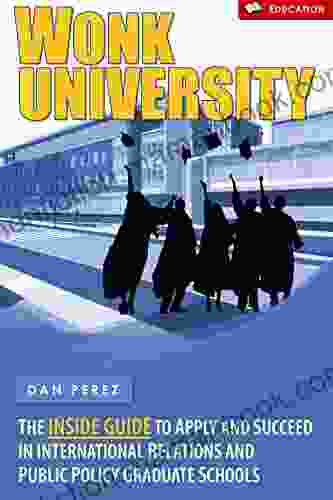
 Leo Tolstoy
Leo TolstoyThe Inside Guide to Applying and Succeeding in...
Applying to...
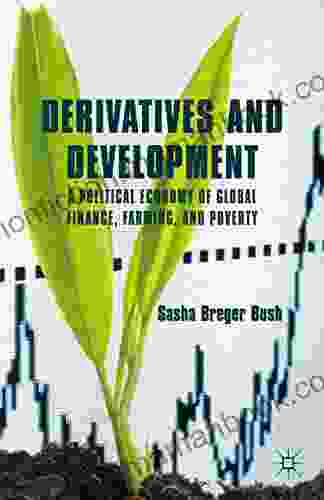
 Cole Powell
Cole PowellThe Political Economy of Global Finance, Farming and...
The global...
4.3 out of 5
| Language | : | English |
| File size | : | 396 KB |
| Text-to-Speech | : | Enabled |
| Enhanced typesetting | : | Enabled |
| Word Wise | : | Enabled |
| Print length | : | 20 pages |
| Screen Reader | : | Supported |


